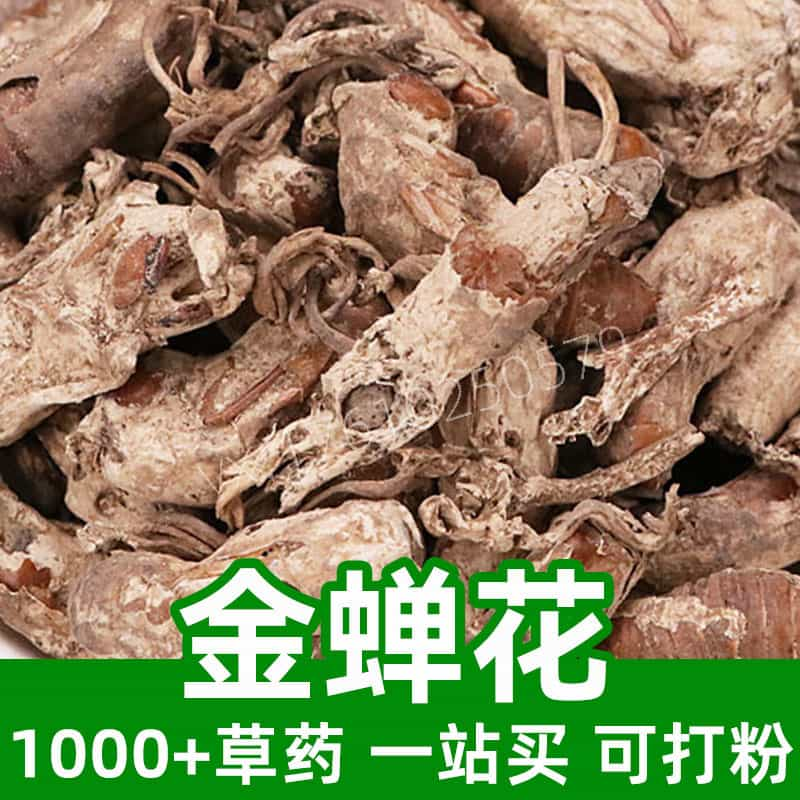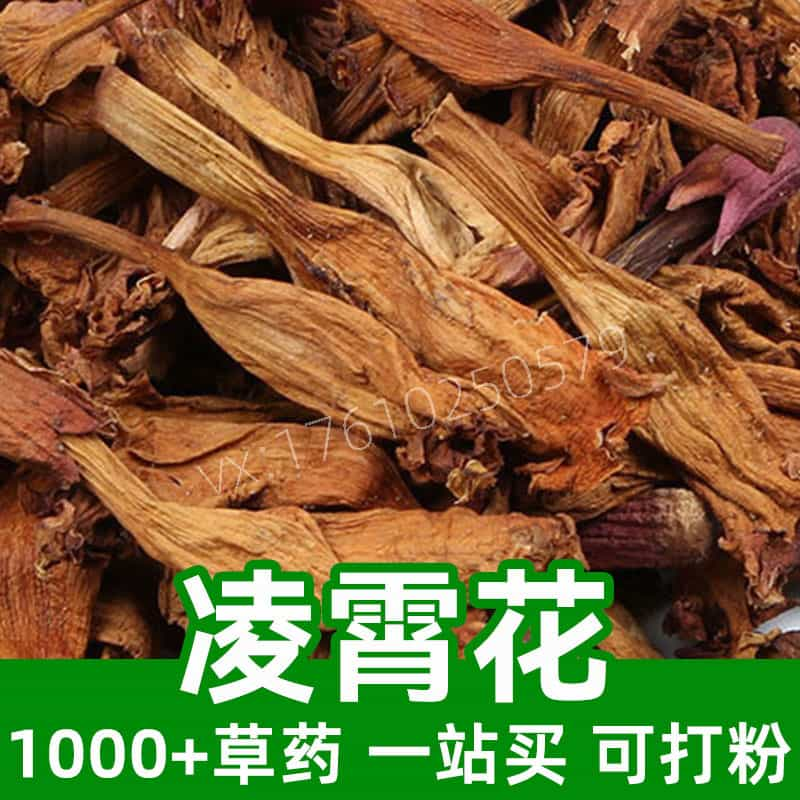Calamus-Nine-section Calamus product introduction
Acorus calamus - Acorus calamus, also known as nine-section grass or water iris, is a perennial aquatic herb. It has a thick rhizome with multiple nodes, sword-shaped leaves, spike-shaped inflorescences, and a unique fragrance. The main components include volatile oils, flavonoids, aldehydes, and alkaloids. The plant grows in humid environments such as paddy fields, ponds, and lakes.
Acorus calamus has a long history of application in traditional Chinese medicine. It is often used to remove dampness and resolve phlegm, invigorate the mind, and relieve depression. In addition, in the food field, Acorus calamus is also widely used as a seasoning spice to add flavor and taste to food. Due to its unique aroma and medicinal value, Acorus calamus is widely planted and used in many regions.
Calamus-Main active ingredients of Calamus calamus
Acorus calamus is a herbaceous plant rich in active ingredients, including volatile oils, flavonoids, aldehyde compounds and alkaloids, etc. These ingredients give Acorus calamus many medicinal and edible values.
First of all, the volatile oil of Acorus calamus is one of its main components, which contains rich volatile aroma components, such as α-pinene, β-pinene, safflower, etc. These components give Acorus calamus a unique fragrance and have sedative, antibacterial, and insect repellent effects.
Secondly, flavonoids are also one of the important components of Acorus calamus, such as apigenin, isoapigenin, etc. These compounds have multiple biological activities such as antioxidant, anti-inflammatory, antibacterial, and anti-tumor, and have a positive impact on human health.
In addition, calamus-calamus calamus also contains a variety of aldehyde compounds, such as aromatic aldehydes, phenolic aldehydes, etc. These compounds not only give it a unique fragrance, but also have antibacterial, antioxidant, anti-inflammatory and other effects, which have a positive effect on human health.
In addition, alkaloids in calamus-calamus are also one of its important components, such as calamine and calamine. These alkaloids have the effects of sedation, refreshing the brain, promoting diuresis, detoxification, etc., and have a certain regulating effect on the nervous system and digestive system.
In summary, the main active ingredients of Acorus calamus include volatile oils, flavonoids, aldehyde compounds and alkaloids, which give it multiple medicinal and edible functions and are widely used in traditional Chinese medicine and food fields.
Calamus-Application scenarios and usage and dosage of Calamus 9
Calamus - Calamus calamus has a wide range of applications in traditional Chinese medicine and food. Its usage and dosage vary depending on the specific situation. The following are its applications in these two fields:
- Application of Traditional Chinese Medicine:
Acorus calamus-Nine-section Acorus calamus is widely used in traditional Chinese medicine, mainly for regulating the spleen and stomach, removing rheumatism, relaxing muscles and activating collaterals, etc. Acorus calamus-Nine-section Acorus calamus is often used as the main or auxiliary medicinal material in common Chinese medicine formulas, such as Jiuxiang Chongchu Pills and Xiangru Sobering Up Pills. Usage includes decoction, powdering, and processing, and the common dosage is 3-10 grams. - Application in food industry:
In the food industry, calamus is often used as a condiment and can be used in cooking various dishes, soups, cakes, etc. It has a unique aroma that can enhance the taste of food and increase appetite. The amount is generally added according to personal taste and the needs of the dish, and it is generally recommended to use an appropriate amount. - Calamus-Acorus calamus powder:
In addition to direct use, Acorus calamus can also be processed into powder form for making medicines or health products. Powders are easy to carry and take, and the general dosage is based on the prescription requirements or doctor's advice. - Decoctions, wines, etc.:
Calamus - Calamus 9-section can also be used to make medicinal foods such as decoctions and wine preparations, and is commonly found in some health products or health products. Usage and dosage are generally based on the product instructions or doctor's advice.
In general, Calamus-Nine-section Calamus has a wide range of applications in traditional Chinese medicine and food. Its usage and dosage should be used reasonably according to the specific situation and product instructions, and it should not be overdosed. At the same time, when using Calamus-Nine-section Calamus, the usage and dosage should be carefully selected according to personal constitution and doctor's advice to ensure safety and effectiveness.
Calamus-Introduction to the source plant, distribution and growth environment of Calamus calamus
Acorus calamus, also known as nine-section calamus, is a perennial herb belonging to the genus Acorus in the family Araceae. The following is a detailed introduction to the source plant, distribution and growth environment of Acorus calamus-nine-section calamus:
- Source plant introduction:
Acorus calamus is a perennial herb with a thick rhizome and many sections, each with a leaf. The leaves are long sword-shaped and have a unique aroma of calamus. During the flowering period, Acorus calamus will bloom lavender flowers with racemose inflorescences. - Distribution:
Acorus calamus is mainly distributed in the Yangtze River Basin, southeast coastal areas, Japan, North Korea and other places in China. In China, it is mainly distributed in Jiangsu, Zhejiang, Anhui, Jiangxi, Fujian, Guangdong and other provinces, especially near lakes, rivers, ponds and other wetlands and waters. - Growth environment:
Acorus calamus grows in a humid environment, and is commonly found at the edge of water bodies such as swamps, streams, lakes, ponds, and river wetlands. It has high requirements for light and prefers sufficient sunlight. At the same time, Acorus calamus also requires the soil to be relatively loose and fertile, rich in organic matter, and kept moist. - Growth characteristics:
Acorus calamus is a wetland plant that usually grows from spring to summer. It has strong adaptability and low requirements for water quality. It can grow in different types of water bodies, such as rivers, lakes, ponds, etc. Acorus calamus grows quickly and can generally reproduce and expand rapidly every year to form dense vegetation coverage.
In general, Acorus calamus is a perennial herb that grows in a humid environment, mainly distributed in the Yangtze River Basin, southeast coastal areas of China, Japan, North Korea, etc. It likes a growing environment with plenty of sunshine, fertile soil, and moisture. It grows densely on the edge of waters and wetlands, and has strong vitality and adaptability.
Calamus-Harvesting, processing and storage of Calamus 9
As a medicinal plant, the harvesting, processing, storage and preservation methods of Acorus calamus are crucial to maintaining its medicinal value. The following is a detailed introduction to the harvesting, processing, storage and preservation of Acorus calamus:
- Harvesting time: Acorus calamus is generally harvested before the flowering period of the plant. At this time, the rhizomes of the plant are rich in effective ingredients and have good medicinal value.
- Harvesting method: Acorus calamus is usually harvested by digging up the whole plant together with the roots to avoid damaging the rhizome.
- Cleaning: After harvesting, the calamus - Acorus calamus needs to be cleaned to remove soil and impurities and keep it clean.
- Drying in the sun: The cleaned calamus - calamus calamus needs to be dried in the sun. Place it in a ventilated and cool place until the plant is completely dry.
- Slice or cut into sections: The dried calamus - Acorus calamus can be sliced or cut into sections as needed to facilitate subsequent processing and use.
- Storage method: The cut calamus should be stored in a dry and ventilated environment, avoiding moisture and direct sunlight to prevent mold and loss of active ingredients.
- Note: During storage, the condition of the calamus should be checked regularly. If any insect pests or odors are found, they should be handled or replaced in time.
- Shelf life: Under normal circumstances, the dried calamus - calamus calamus can be stored for more than one year, but to ensure the efficacy, it is recommended to be used within one year.
In summary, the harvested calamus - calamus calamus needs to be cleaned, dried, sliced or cut into sections, and properly stored in a dry and ventilated environment to maintain its medicinal value and quality.
Monica Sun is a seasoned expert in the natural raw materials industry, with over a decade of experience specializing in traditional Chinese medicinal herbs, spices, and fungi. She is skilled in the sourcing, processing, and application of these materials, emphasizing sustainability and innovation. Monica Sun has contributed to the development of high-quality natural raw materials that serve as essential components in functional foods, pharmaceuticals, and cosmetics, delivering tailored solutions to meet diverse market needs.













